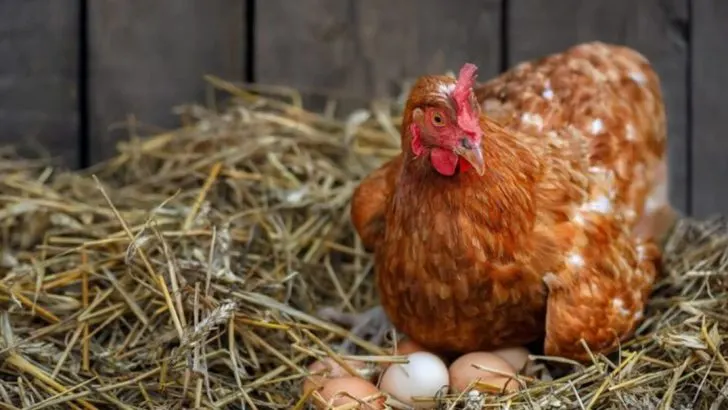Raising chickens can be a rewarding and fun experience, but it also comes with plenty of questions—especially for beginners. Whether you’re considering adding chickens to your backyard or just curious about their care, it’s important to understand the ins and outs of keeping these feathered friends happy and healthy.
In this article, we answer 20 common questions people always ask about chickens. From choosing the right breed and building a coop to feeding and egg production, we cover everything you need to know to get started. If you’ve ever wondered about the best practices for raising chickens, this guide has you covered!
Why do chickens lay eggs?
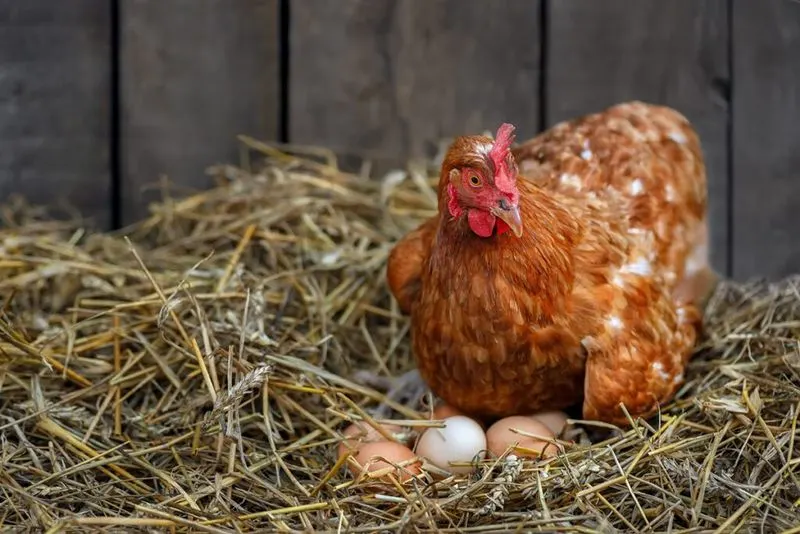
Egg-laying is a natural part of a hen’s reproductive cycle. Hens lay eggs as a result of hormonal changes in their body, even if there’s no rooster present. This process is crucial for the survival of the species, as eggs are potential offspring. Chickens have been domesticated to lay eggs more frequently than their wild ancestors, making them an excellent source of sustenance for humans. Backyard chicken keepers can enjoy fresh eggs regularly and appreciate the cycle of life in their own gardens. Simple care can keep hens happy and productive.
What do chickens eat?
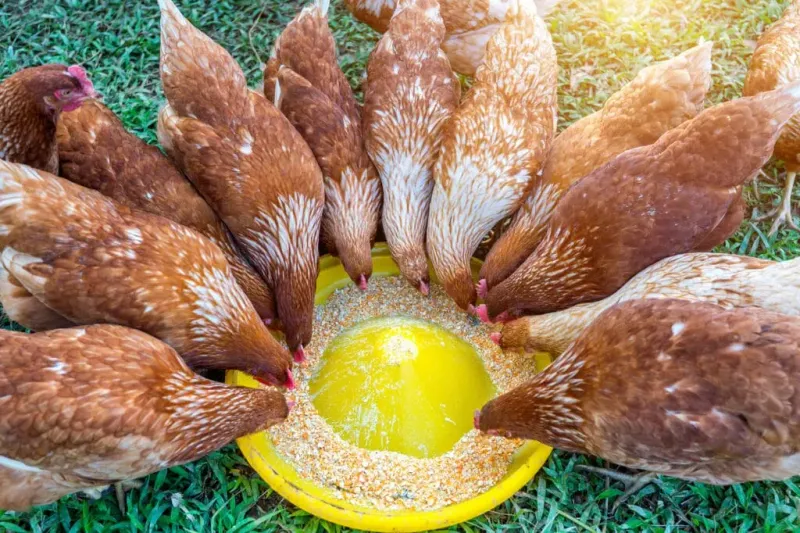
Chickens have a varied diet that includes grains, seeds, insects, and even small animals. Commercial chicken feed provides a balanced diet, but they also enjoy scraps from the kitchen like vegetables and fruits. It’s essential to ensure they receive enough protein, vitamins, and minerals for healthy growth and egg production. Free-range chickens often forage for their food, adding diversity to their diet. This natural behavior keeps them entertained and active. Providing clean water and a balanced diet is crucial for their well-being.
How long do chickens live?
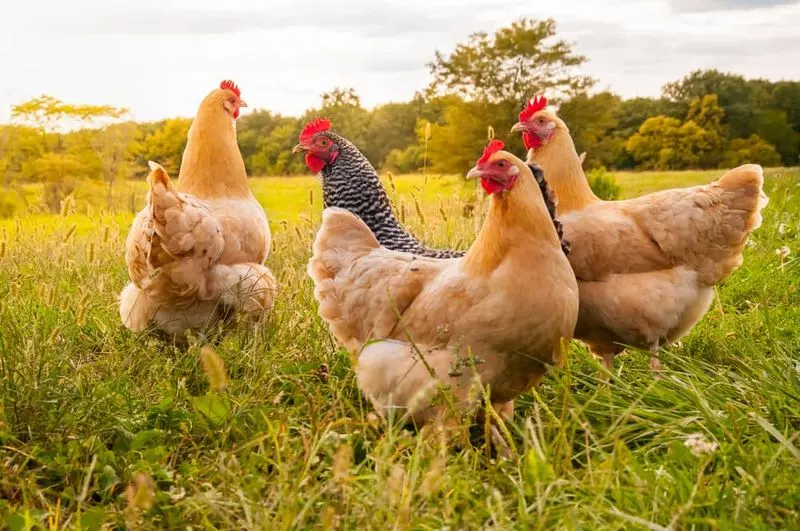
The lifespan of a chicken can vary significantly based on breed, care, and environment. On average, chickens live between 5 to 10 years. Some breeds are known to be more resilient and can live longer. Proper nutrition, shelter, and healthcare, such as regular vaccinations, contribute to their longevity. Chickens in backyard settings often become beloved pets, living out their years in comfort. Responsible ownership means understanding their needs and providing a safe habitat, allowing them to thrive and reach their full lifespan potential.
How can you tell a chicken’s age?
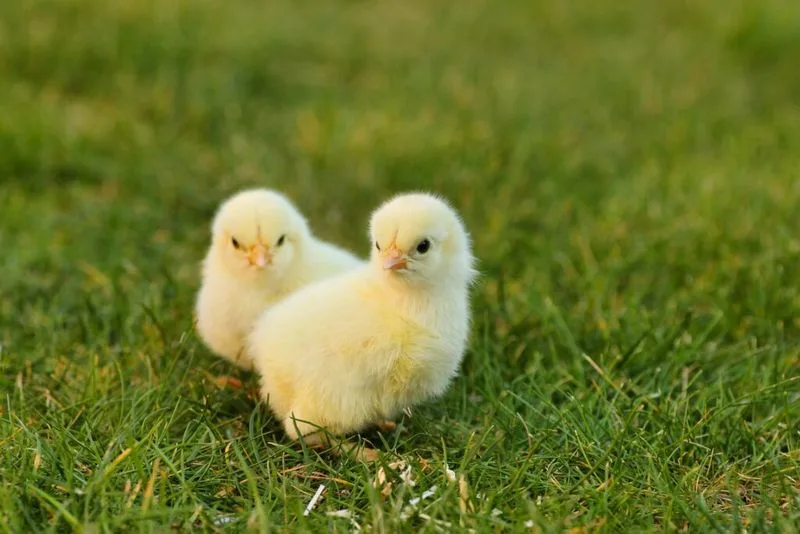
Determining a chicken’s age is not an exact science, but several indicators can offer clues. Younger chickens typically have brighter, more vibrant feathers, while older ones may show wear and dullness. Their legs and feet can also hint at age, as they become rougher and thicker with time. Observing their behavior helps too; young chickens are often more active. While it’s challenging to pinpoint age precisely, these observations provide a general idea. Gaining experience by watching and caring for chickens aids in making more accurate assessments.
Why do roosters crow?
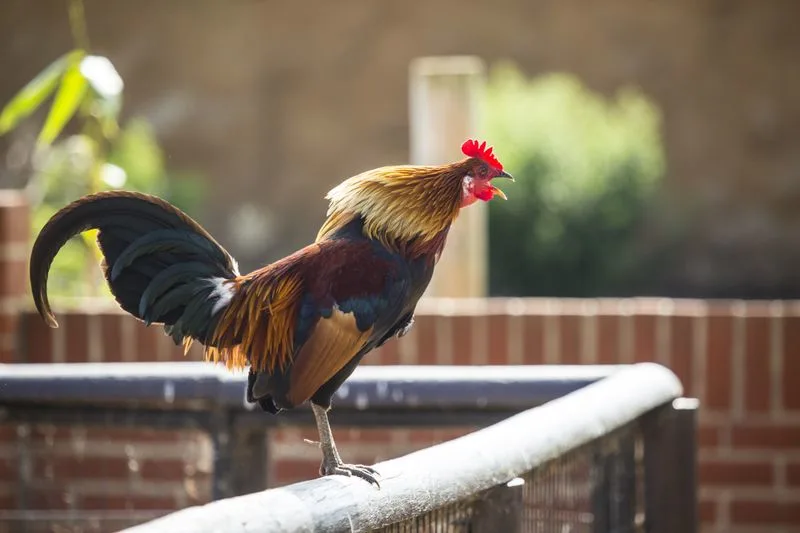
Roosters crow to assert territory and communicate with their flock. This behavior is inherent and linked to their role as protectors. Crowing can occur at any time, but is most common at dawn. It’s often a way to mark the start of a new day, signaling to other roosters and hens. While some find the sound charming, others may see it as an early morning disturbance. Understanding this behavior helps in managing expectations when keeping these birds. Roosters add a traditional farmyard ambiance to any setting.
Can chickens recognize people?
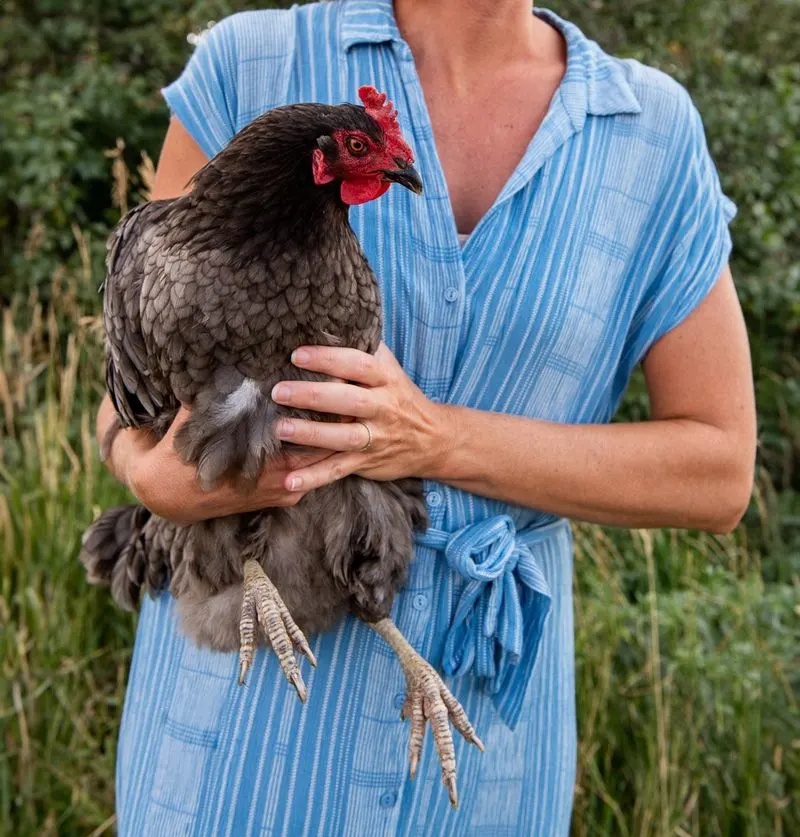
Chickens are surprisingly intelligent and can recognize individual humans. They learn to associate people with food and care, often responding to familiar faces. Some chickens may even become affectionate, following their favorite humans around. Building a bond requires time and patience, but many chicken owners report that their birds show preference for certain individuals. This level of interaction enhances the enjoyment of keeping chickens, turning them into more than just egg producers. Developing trust fosters companionship between chickens and humans.
Do chickens need a rooster to lay eggs?
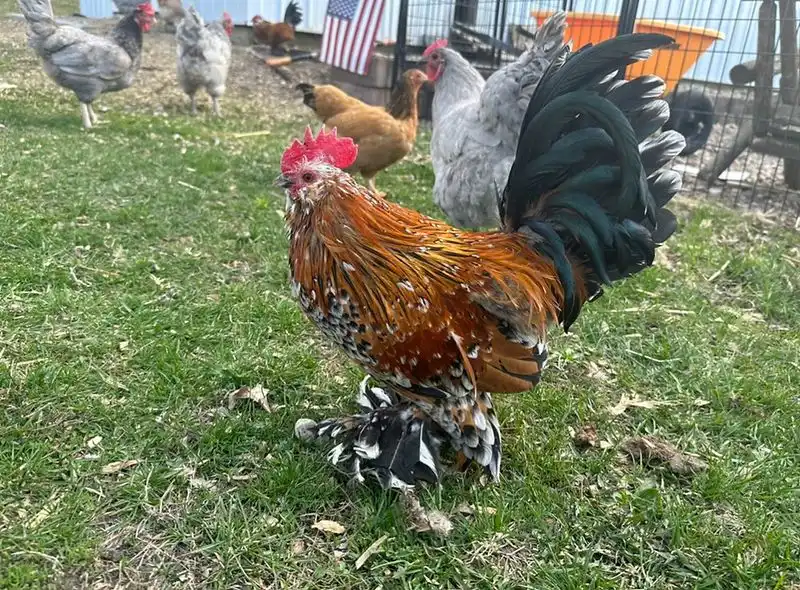
Hens do not need a rooster to lay eggs; they lay eggs naturally as part of their reproductive cycle. However, for eggs to be fertilized and potentially hatch into chicks, a rooster is necessary. Many backyard chicken owners keep hens without roosters to avoid the noise and aggression that some roosters can bring. Hens continue to produce unfertilized eggs regularly, providing a steady supply for the household. It’s important to manage expectations regarding egg production and fertilization when planning a flock.
What is a broody hen?
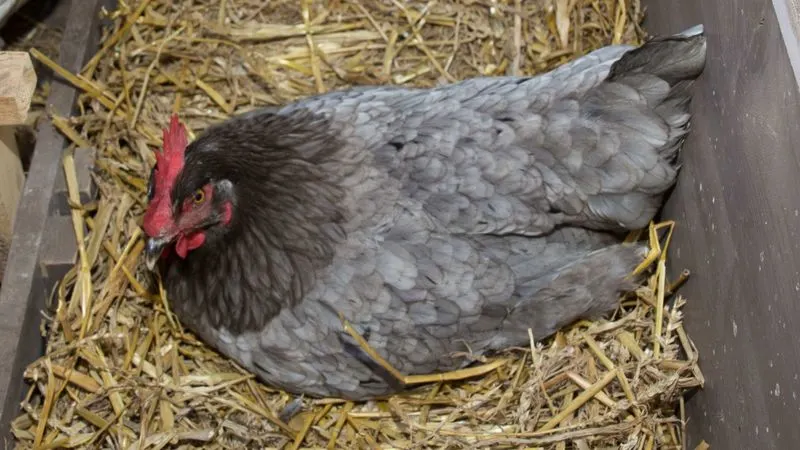
A broody hen displays the natural instinct to incubate eggs and raise chicks. This behavior involves sitting on a nest for extended periods, even if the eggs are not fertilized. Broodiness can be encouraged or discouraged depending on the keeper’s goals. Allowing a hen to hatch eggs can add to the flock, while discouraging broodiness involves removing eggs and changing nesting conditions. Understanding this behavior helps in managing hens effectively, especially in a backyard setting. It’s a fascinating glimpse into the nurturing side of these birds.
How do chickens stay warm in winter?
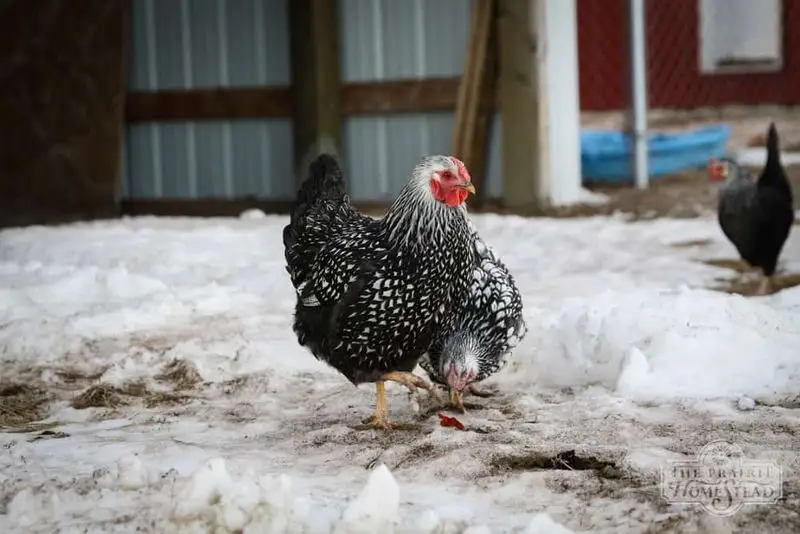
Chickens have several adaptations to keep warm during cold weather. Their feathers provide excellent insulation, trapping heat close to their bodies. They often roost together, sharing body warmth, and keeping the coop well-insulated prevents drafts. Providing extra bedding, like straw or wood shavings, can add additional warmth. Feeding them a slightly higher calorie diet helps maintain energy levels. Though they are hardy creatures, monitoring for signs of cold stress ensures their comfort. A well-prepared coop keeps chickens healthy throughout winter.
Why do chickens peck each other?
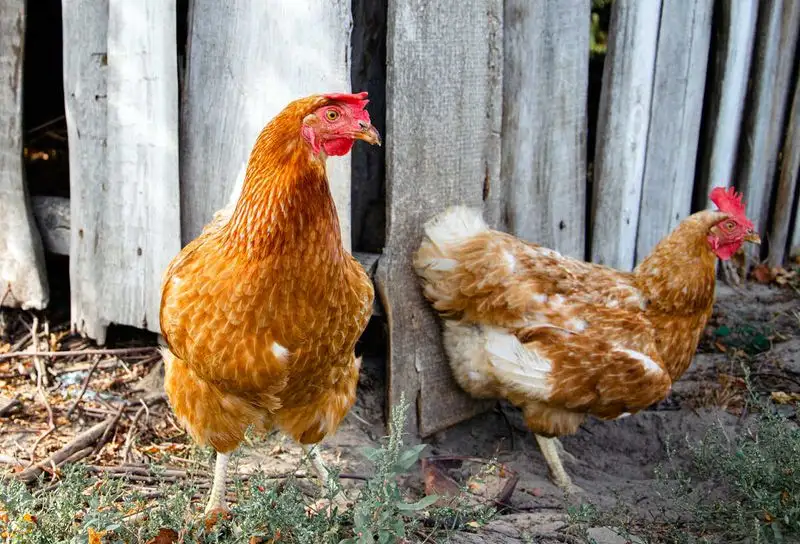
Pecking is part of establishing a social hierarchy within a flock, known as the “pecking order.” This behavior determines access to food and nesting sites and is more prominent in confined spaces. Providing ample space, food, and entertainment can reduce aggressive behavior. Sometimes, pecking can indicate boredom or stress, so ensuring chickens are occupied with activities like scratching or foraging helps. Observing flock dynamics assists in identifying the cause of pecking and taking steps to minimize it. Harmony within the flock enhances their well-being.
What is molting in chickens?

Molting is a natural process where chickens shed old feathers and grow new ones. This usually occurs annually and can last several weeks. During molting, hens may lay fewer eggs or stop altogether as their bodies focus on feather production. Providing extra protein in their diet supports this demanding phase. The appearance of a molting chicken can be alarming, but it’s a normal part of their lifecycle. Understanding molting helps in providing appropriate care, ensuring chickens remain healthy and ready for the next laying season.
How can you tell if a chicken is healthy?
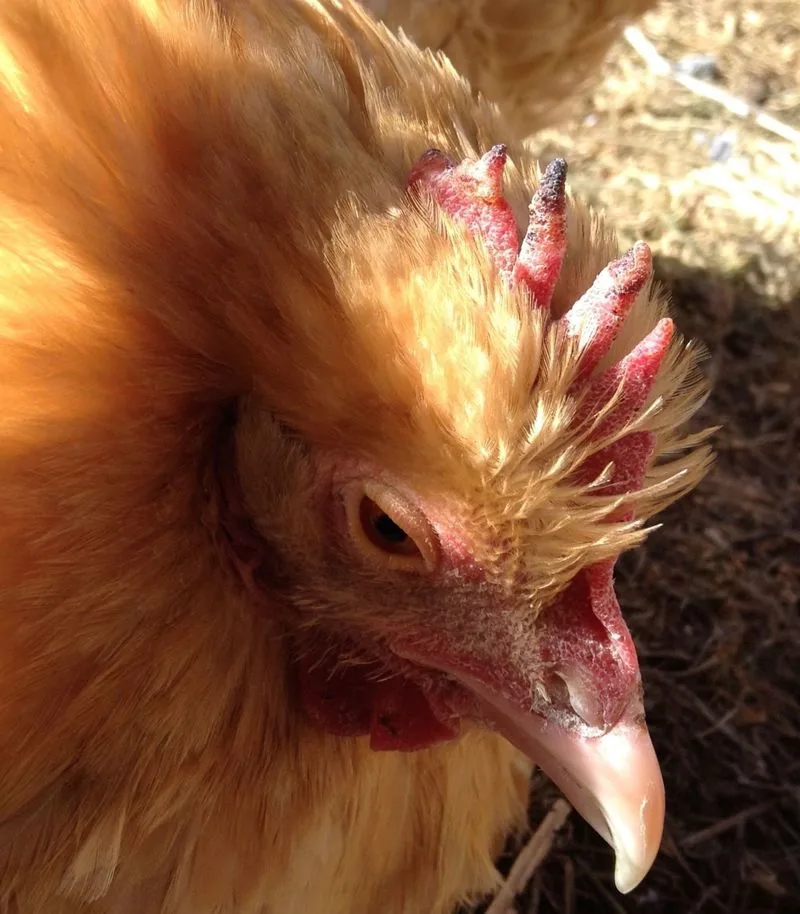
A healthy chicken typically displays clear eyes, shiny feathers, and active behavior. Observing their droppings provides insight into their digestive health. Regularly checking for parasites like lice or mites helps maintain well-being. Providing a balanced diet, clean water, and a sanitary living environment supports their health. Any changes in behavior or appearance warrant further investigation. Early intervention can prevent minor issues from becoming serious problems. Keeping an eye on their condition ensures they lead a happy, productive life, whether in a farmyard or backyard.
What is the purpose of a chicken’s comb?

The comb, a fleshy crest on top of a chicken’s head, plays several roles. It aids in regulating body temperature, as blood flows through it and releases heat. A vibrant red comb often indicates good health and vitality, while a pale or shrunken comb can signal illness. The comb’s shape and size can vary between breeds and even individuals, serving as a distinguishing feature. Understanding the comb’s function provides insight into a chicken’s overall health. It’s a small but vital part of their anatomy.
How do you introduce new chickens to a flock?
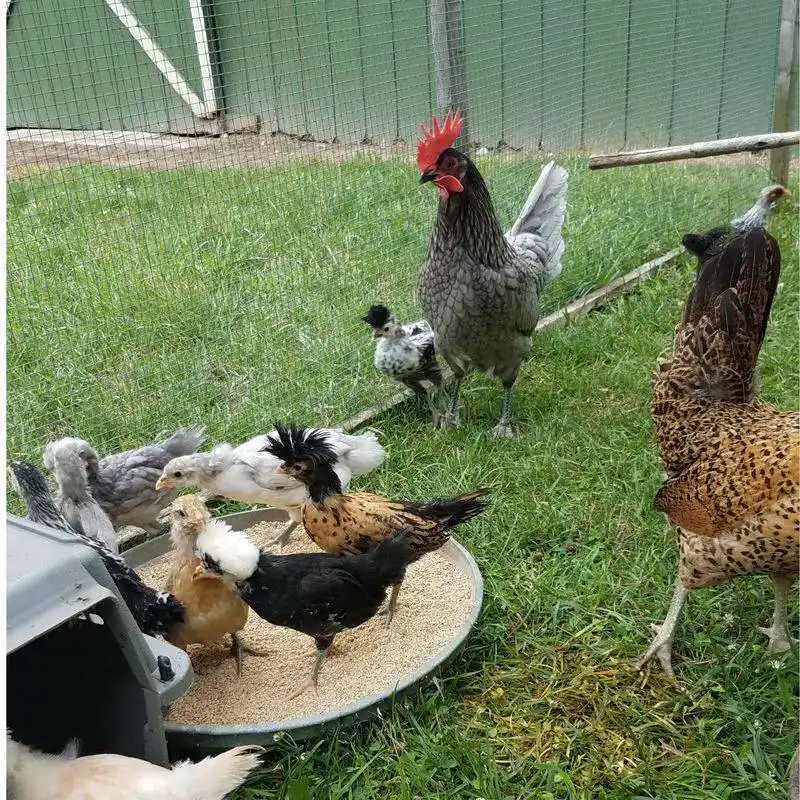
Introducing new chickens to an established flock requires careful planning. It’s best to quarantine newcomers for a few weeks to prevent potential disease spread. Gradual introduction helps reduce stress, using visual barriers like fences to allow birds to see each other without direct contact. Slowly combining flocks under supervision ensures a smooth transition. Understanding flock dynamics and providing plenty of space reduces pecking and aggression. Taking these steps promotes harmony and ensures the health and safety of all chickens involved.
What should a chicken coop have?

A well-designed chicken coop provides safety, comfort, and functionality. Key features include sturdy construction to protect from predators, nesting boxes for egg-laying, roosts for sleeping, and proper ventilation for airflow. Cleanliness is crucial, so easy access for cleaning is essential. Providing outdoor space for foraging keeps chickens stimulated. An efficient coop design enhances productivity and health, making chicken keeping a rewarding experience. Understanding the essential elements of a good coop ensures happy, thriving chickens.
Why do chickens dust bathe?
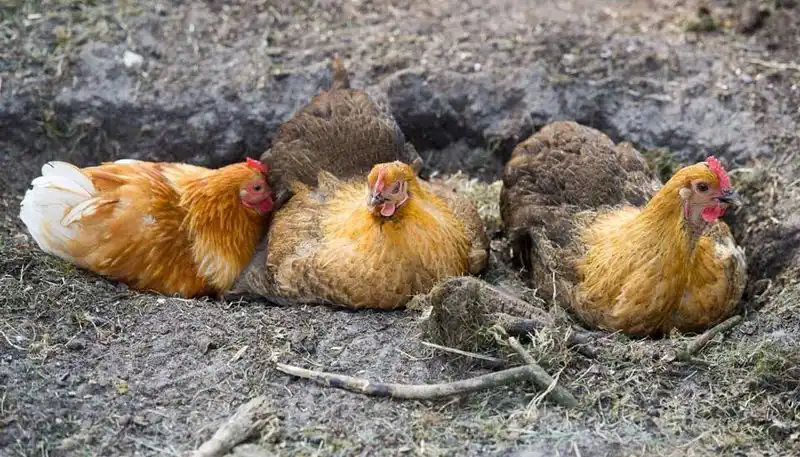
Dust bathing is a natural behavior that helps chickens keep their feathers clean and remove parasites. By rolling in the dust, they coat their feathers with fine particles, which absorb excess oil and moisture. This activity also helps in social bonding, as chickens often bathe together. Providing a dry, dusty area encourages this behavior and can prevent health issues related to parasites. It’s one of the many simple pleasures that contribute to a chicken’s overall well-being and happiness.
How do you care for baby chicks?
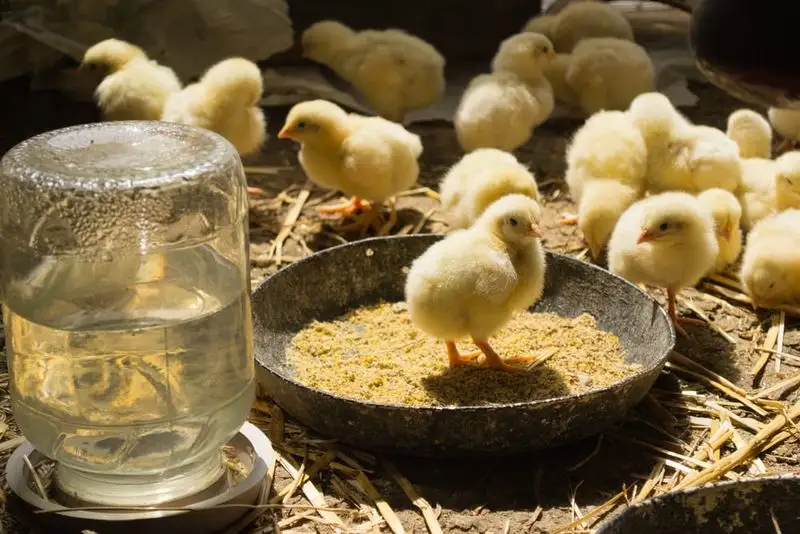
Caring for baby chicks involves providing warmth, food, and protection. A brooder with a heat lamp keeps them warm, simulating the warmth of a mother hen. Fresh water and chick starter feed supply essential nutrients for growth. As they grow, gradually reducing heat helps them acclimate to outdoor conditions. Monitoring their development ensures they are healthy and thriving. The early stages of a chick’s life are vital, requiring attention to detail and care. This investment in their start leads to strong, productive adult chickens.
What are bantam chickens?
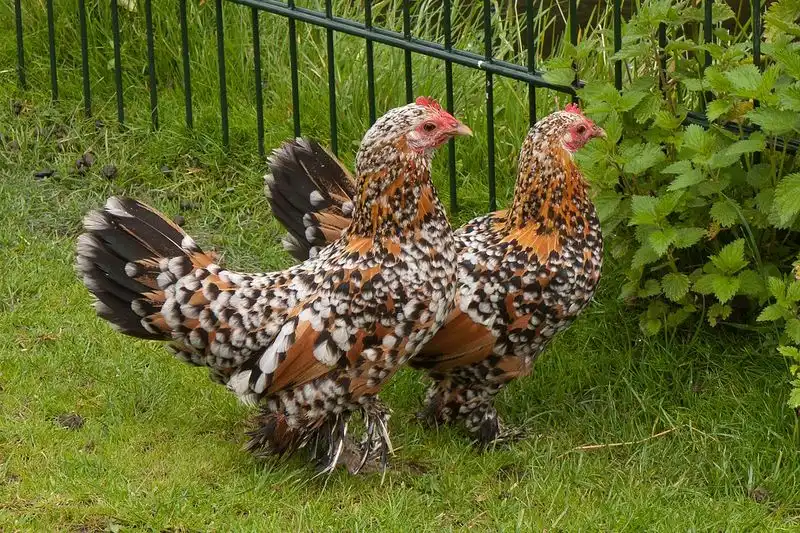
Bantam chickens are miniature versions of standard chicken breeds, often kept for ornamental purposes. Despite their small size, they are full of personality and can lay eggs, though smaller than those of larger breeds. Ideal for small spaces, bantams are popular in urban settings. They require the same care as standard chickens but are often more agile and can fly short distances. Their diverse appearances and charming nature make them a favorite among hobbyists and backyard enthusiasts.
How do chickens communicate?
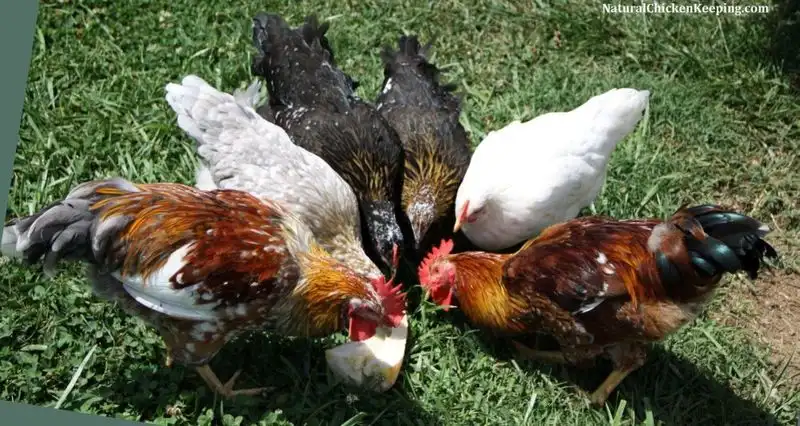
Chickens use a variety of vocalizations and body language to communicate. Different clucks, squawks, and purrs signal everything from contentment to alarm. Watching their interactions reveals the social structures within a flock. Understanding these signals helps in identifying their needs and moods. Communication is essential for maintaining harmony and establishing the pecking order. Observing these interactions provides insight into their world, enhancing the enjoyment of keeping chickens. Their language is as fascinating as it is functional.
What is the history of chicken domestication?
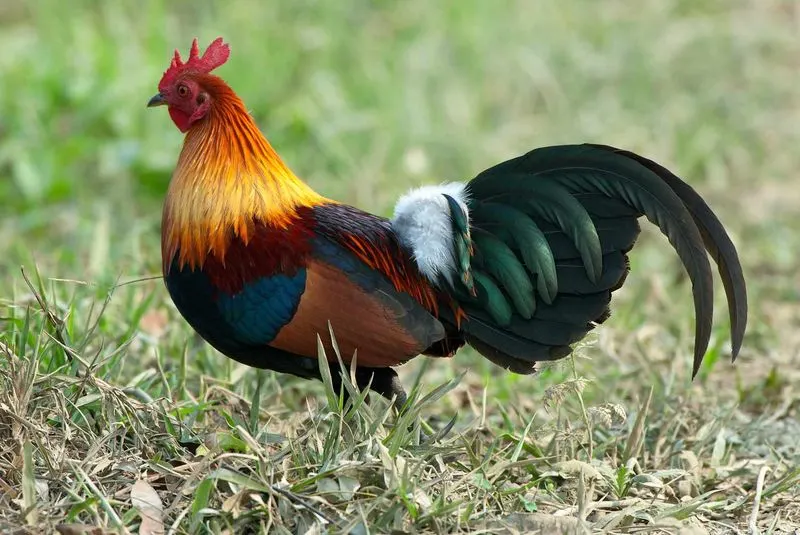
Chickens were first domesticated over 8,000 years ago in Southeast Asia. Initially kept for cockfighting and religious ceremonies, they became a valuable food source. Over centuries, selective breeding enhanced their ability to produce eggs and meat. Their global spread is tied to human migration and trade, making chickens one of the most widespread domestic animals. Understanding their domestication offers a glimpse into agricultural history and human development. Chickens continue to be an integral part of cultures around the world.

